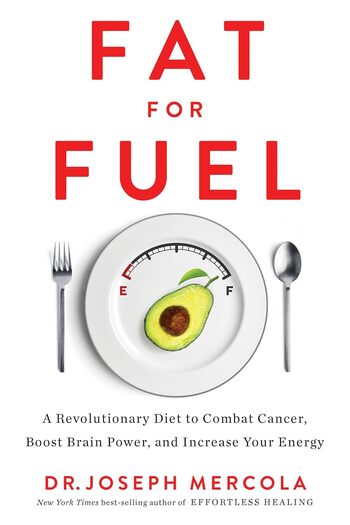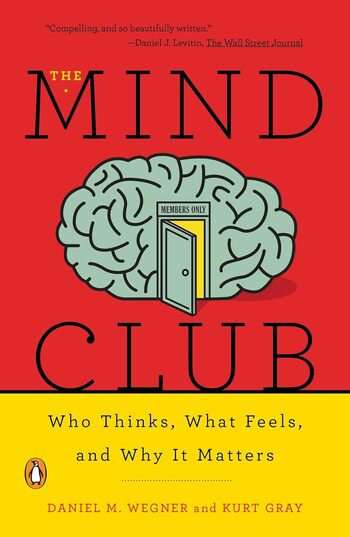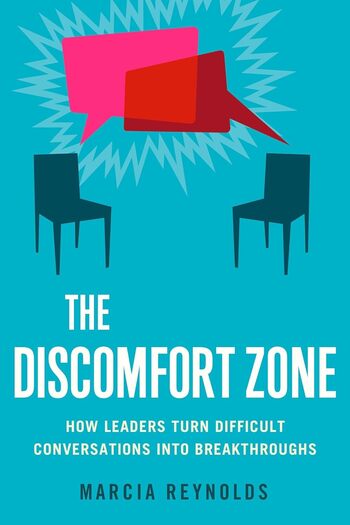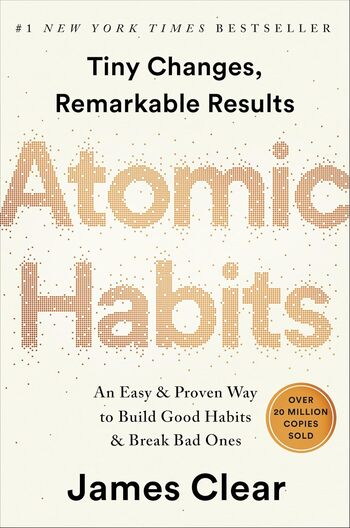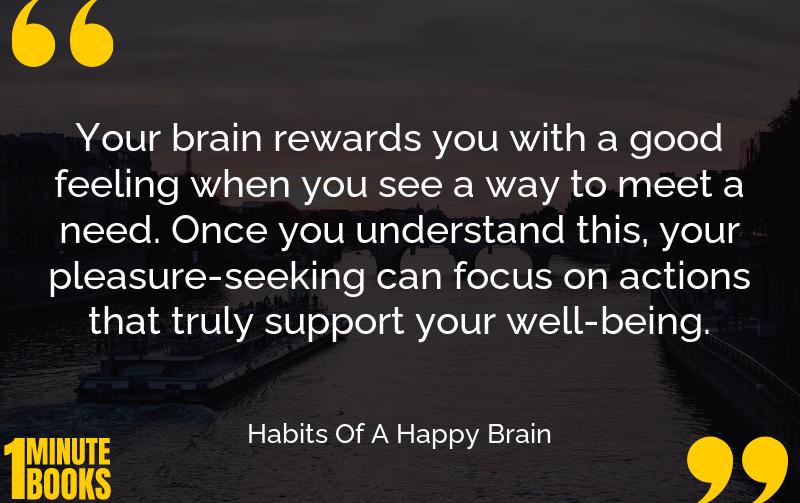
The book explores how happiness is linked to brain chemicals, like dopamine and serotonin, and offers strategies to stimulate these chemicals for a fulfilling life.
Main Lessons
- Happiness is connected to brain chemicals such as dopamine, endorphin, oxytocin, and serotonin.
- Dopamine and endorphin motivate pursuit of rewards and help manage physical pain.
- Oxytocin fosters social bonds, while serotonin rewards social dominance.
- Unhappy chemicals like cortisol are essential for survival, alerting us to threats.
- Habits developed in childhood shape our neural pathways and influence our sense of happiness.
- Habituation means repeated experiences lose their ability to trigger happy chemicals.
- We can form new neural pathways to happiness by practicing new habits for 45 days.
- Free will enables us to change our patterns despite ingrained neural circuits.
- Persistence and mirroring positive habits from others can aid in forming new habits.
- By making our own decisions, we empower our pursuit of happiness and fulfillment.
- Unhappiness complements happiness, serving as an important contrast for emotional balance.
